Apple phones are equipped with an interesting feature called Night Shift, which came with the iOS 9 operating system. Its purpose is quite simple. The iPhone detects the time of sunset based on our location and then activates the function, which causes the display to switch to warmer colors and should thus reduce the so-called blue light. This is precisely the main enemy of the quality of sleep and falling asleep. Scientists from Brigham Young University (BYU).
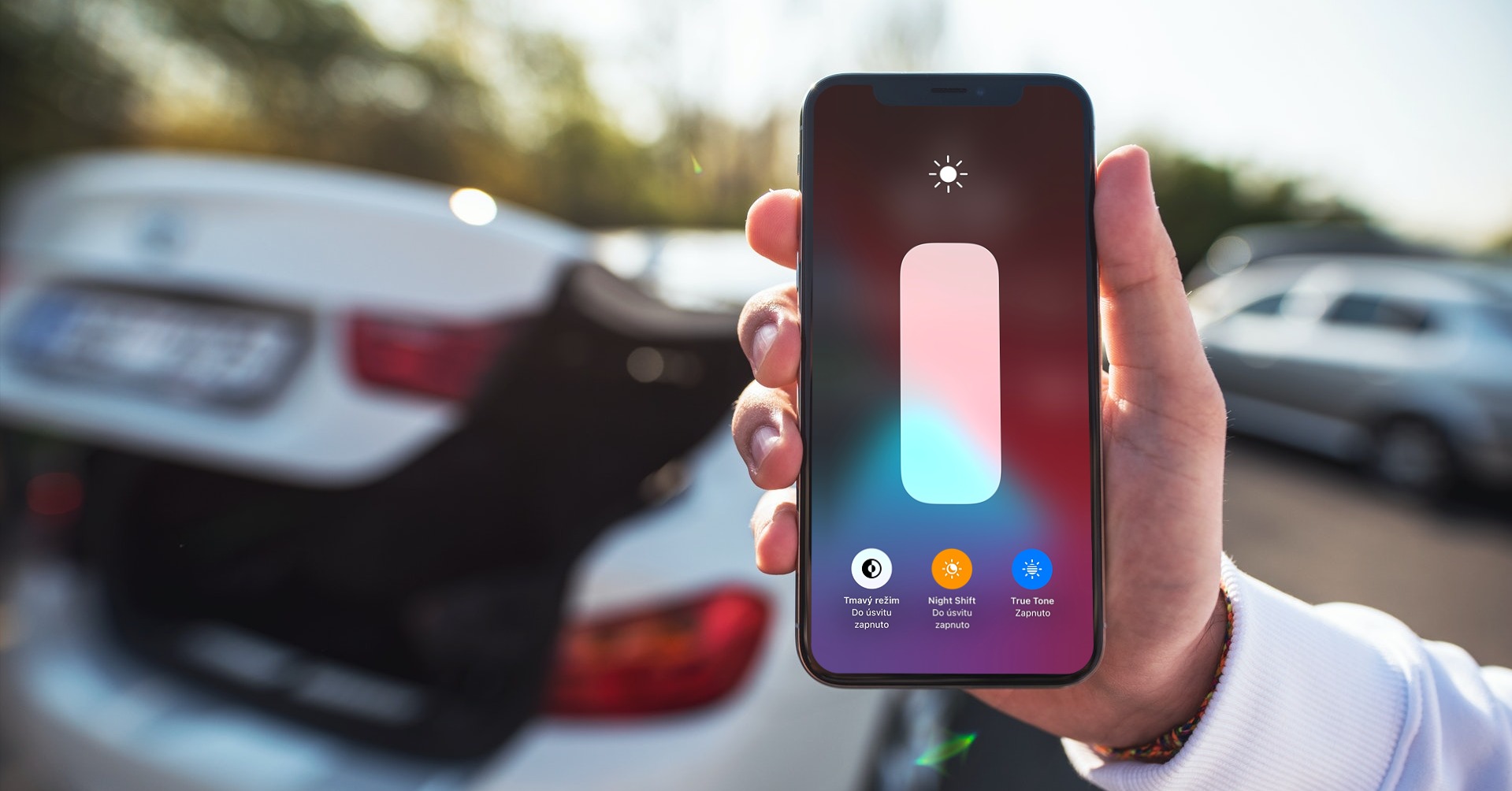
A similar Night Shift function can also be found on competing Androids today. Earlier, along with the macOS Sierra system, the function also arrived on Apple computers. At the same time, this gadget is based on earlier studies, according to which blue light can negatively affect the quality of sleep and thus disrupt our circadian rhythm. Newly published study from the aforementioned BYU institute, in any case, slightly undermines these years of research and testing and thus brings new, relatively interesting information. Psychology professor Chad Jensen decided to test the theory itself, along with other researchers from Cincinnati Children's Hospital Medical Center, who compared the sleep of three groups of people.
Specifically, these are users using the phone at night with Night Shift active, people who also use the phone at night, but without Night Shift, and last but not least, those who are not on their smartphone at all before going to bed have not been forgotten. The subsequent results were quite surprising. Indeed, no differences appeared across these tested groups. So Night Shift will not ensure better sleep, and the fact that we will not use the phone at all will not help either. The study involved 167 adults between the ages of 18 and 24 who reportedly use a phone on a daily basis. To achieve the best possible results, individuals were then fitted with a wrist accelerometer to monitor their activity during sleep.
Remember the show 24″ iMac (2021):
In addition, those people who use their phone before going to bed had a special application installed for more accurate analysis. Specifically, this tool measured total sleep time, sleep quality, and how long it took an individual to fall asleep. In any case, the researchers did not end the research at this point. This was followed by the second part, in which all participants were divided into two groups. In the first group were people with an average sleep duration of more than 7 hours, while in the second group there were those who slept less than 6 hours a day. The first group saw slight differences in sleep quality. That is, non-phone users had better sleep than phone users, independent of Night Shift. In the case of the second group, there was no longer any difference, and it did not matter whether they played with the iPhone before going to bed or not, or whether they had the aforementioned function active.
It could be interest you

The result of the study is therefore quite clear. The so-called blue light is only one factor in the case of problems with falling asleep or sleep quality. It is important to consider other cognitive and psychological stimulations. Several apple growers have already had time to express interesting opinions about the research results. They do not see Night Shift as a solution to the mentioned problems, but see it as a great opportunity that saves the eyes at night and makes staring at the display more pleasant.
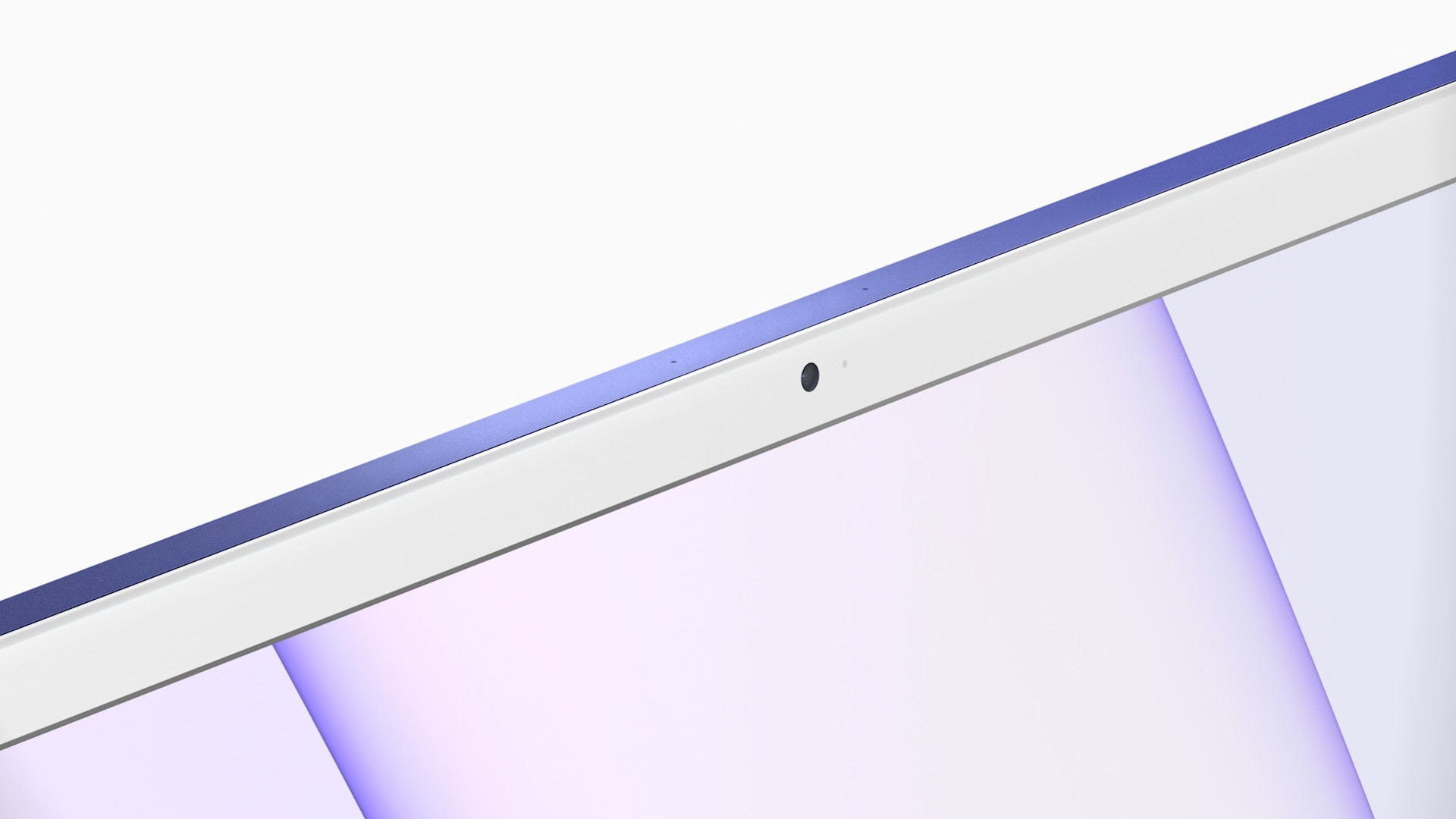


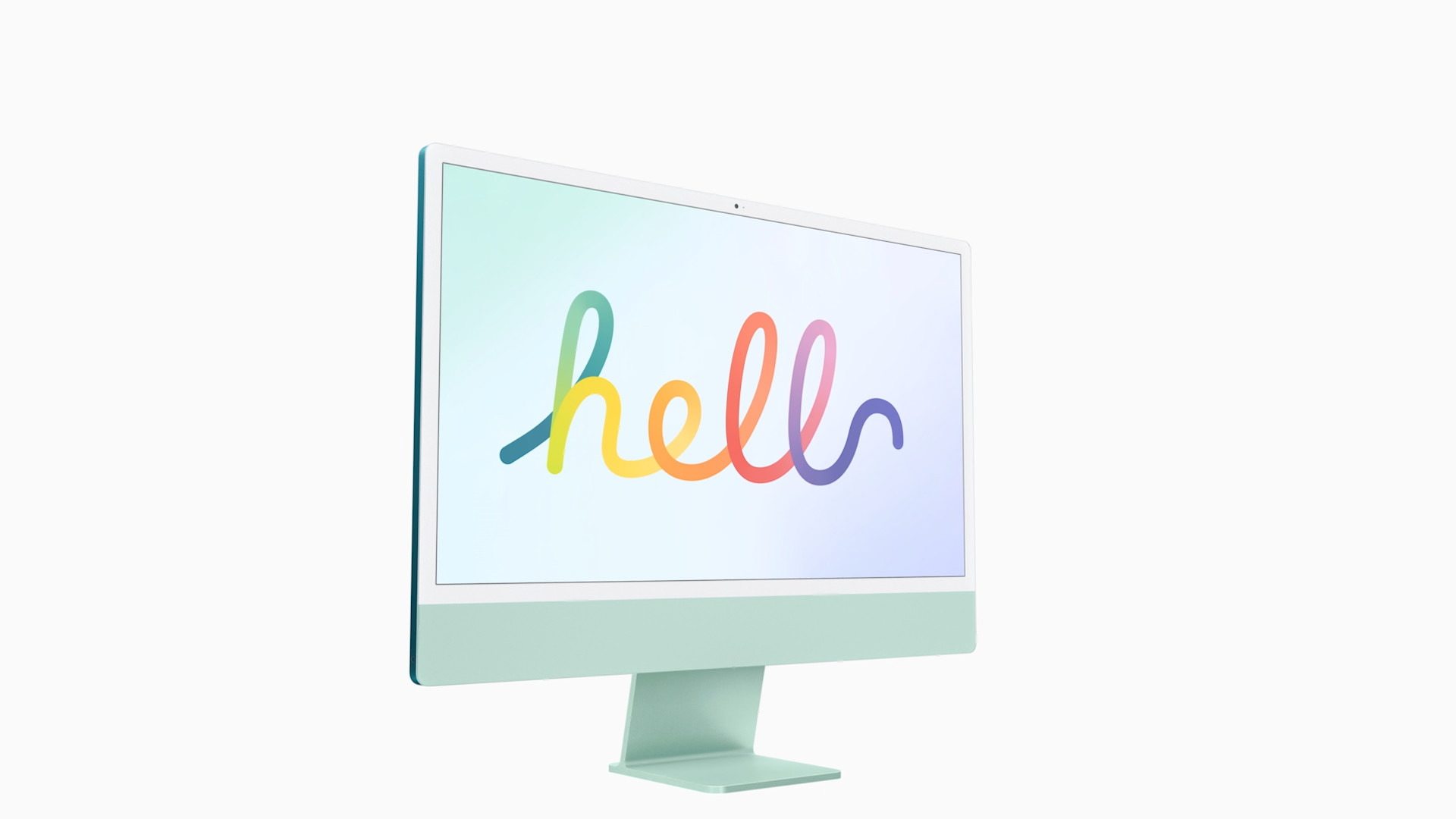

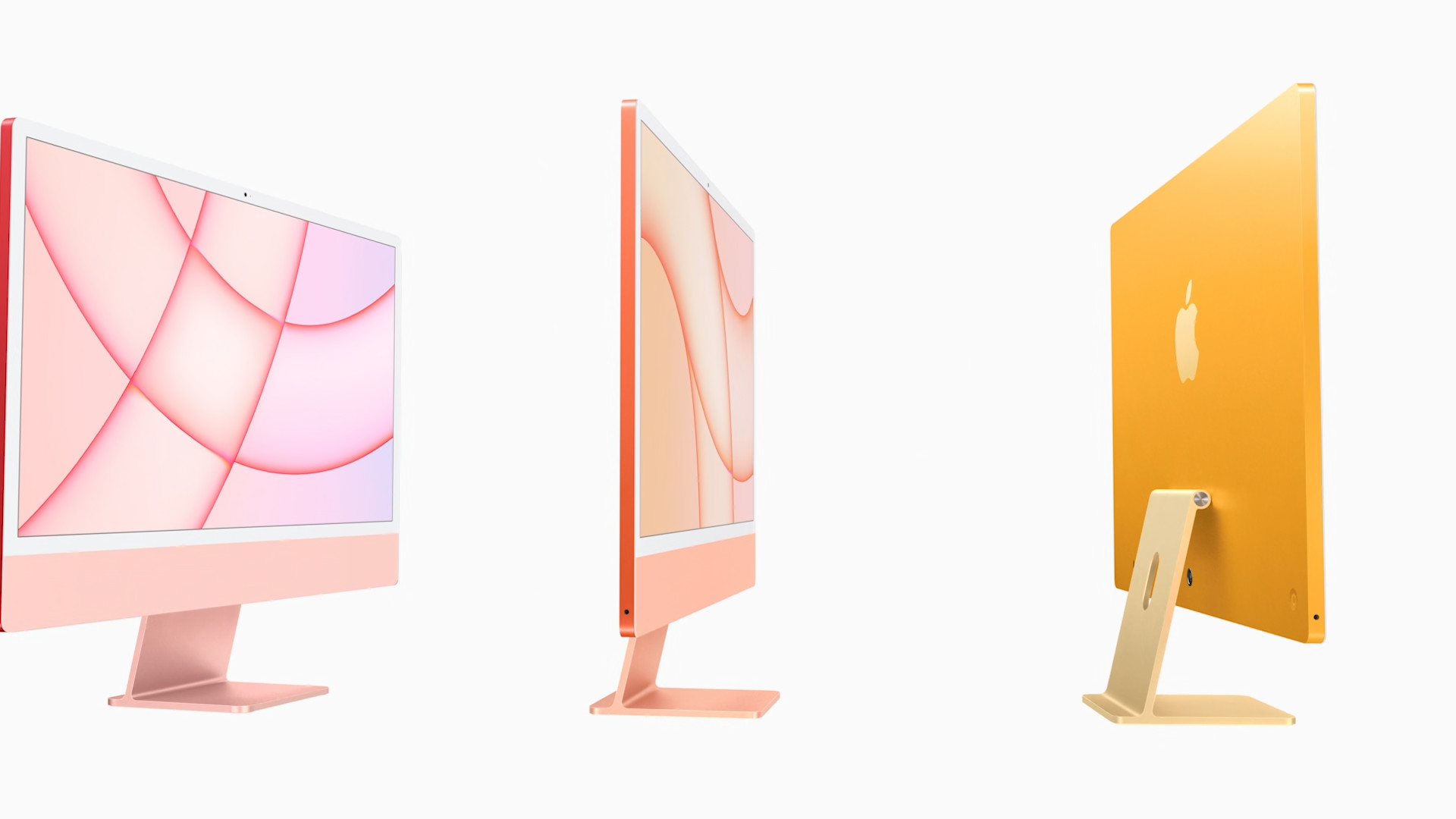
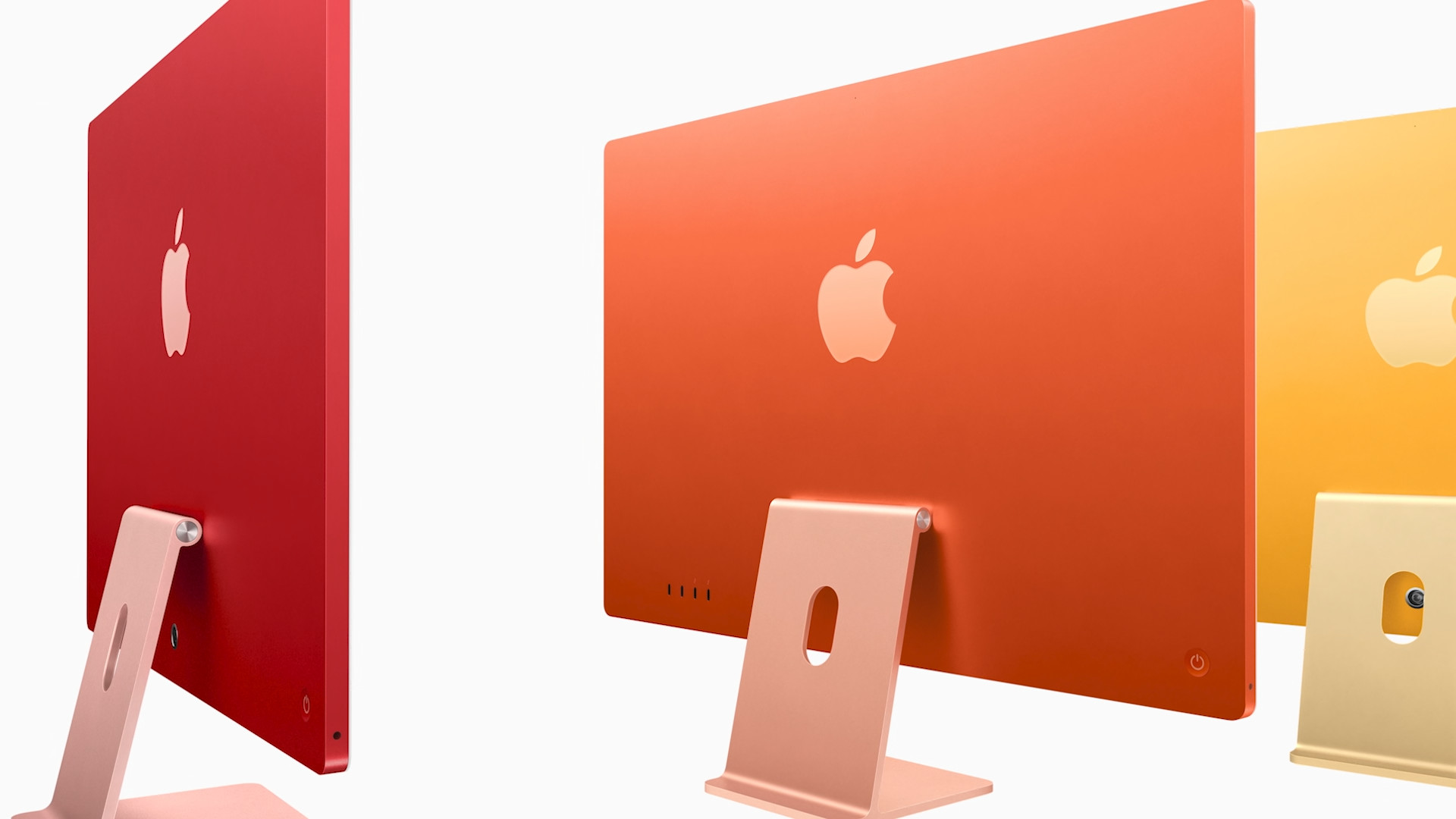
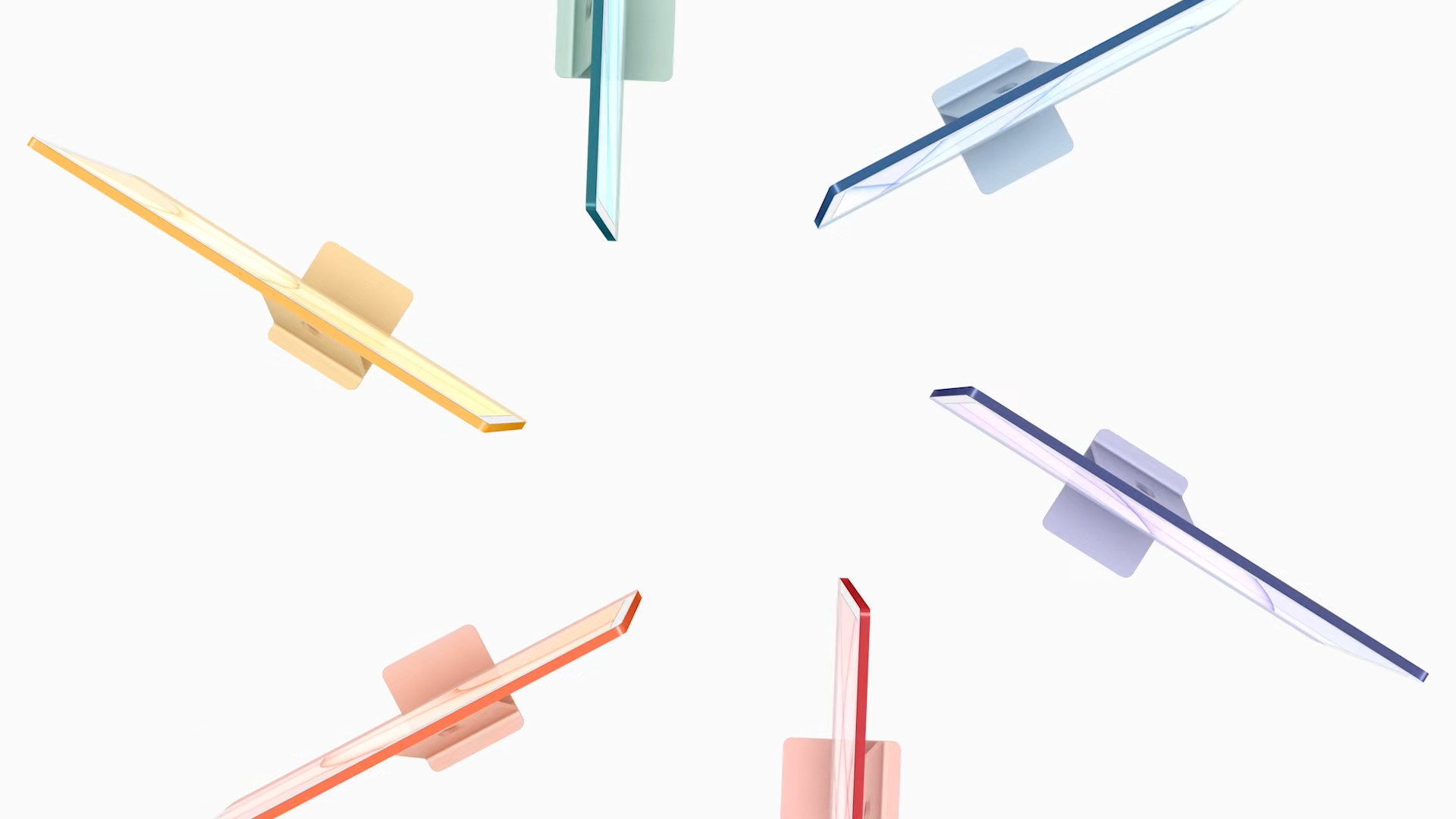

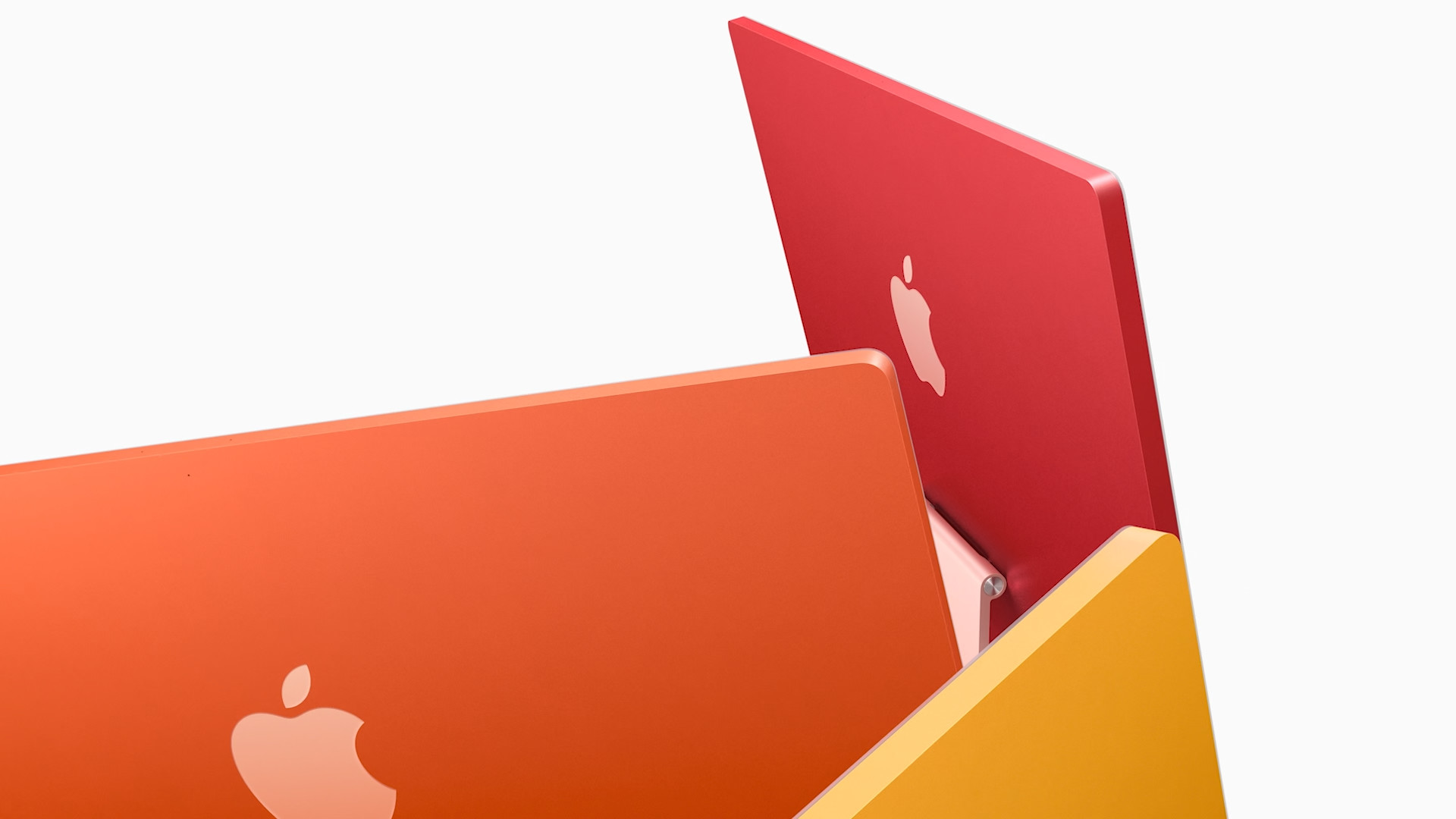
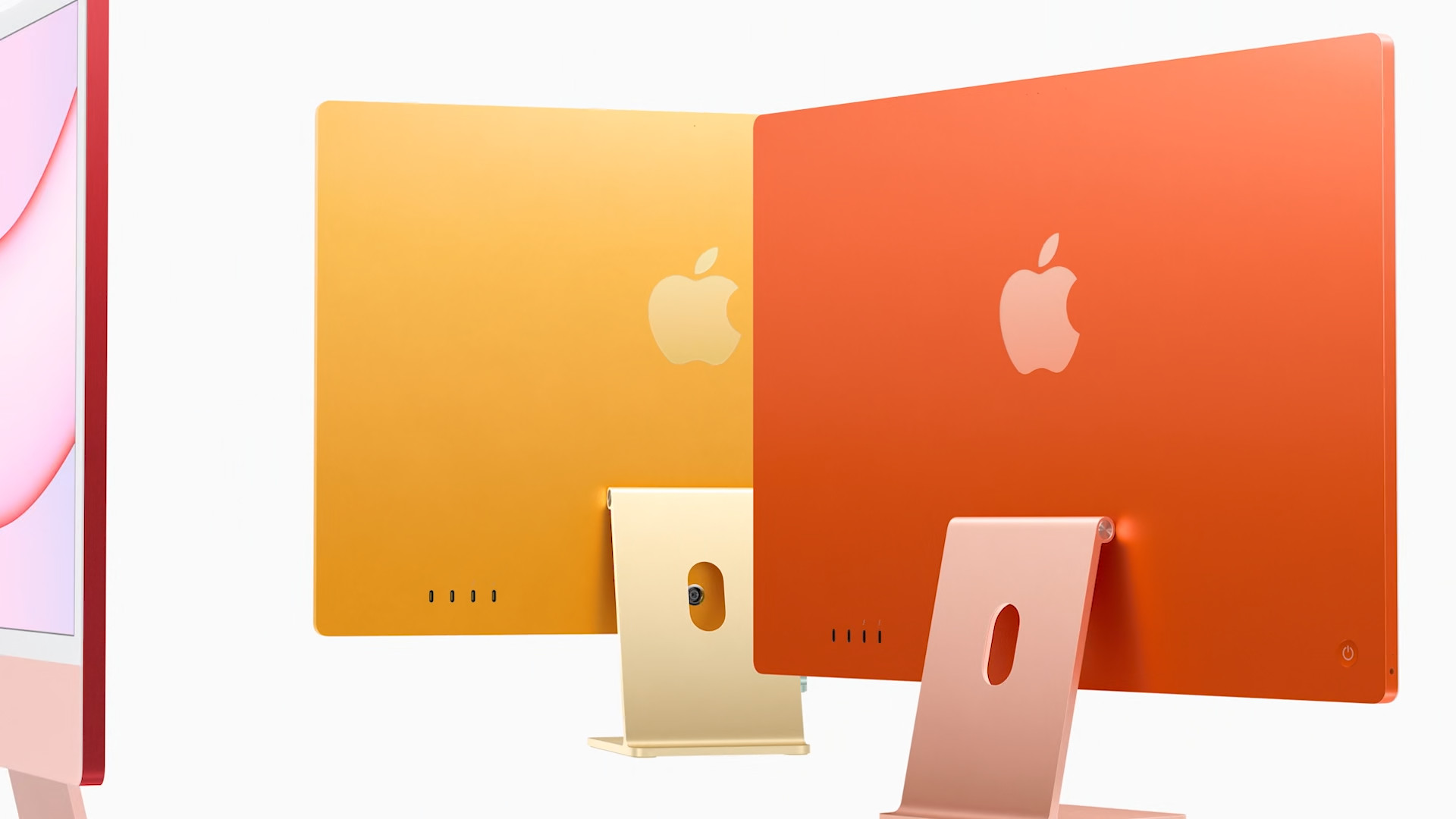

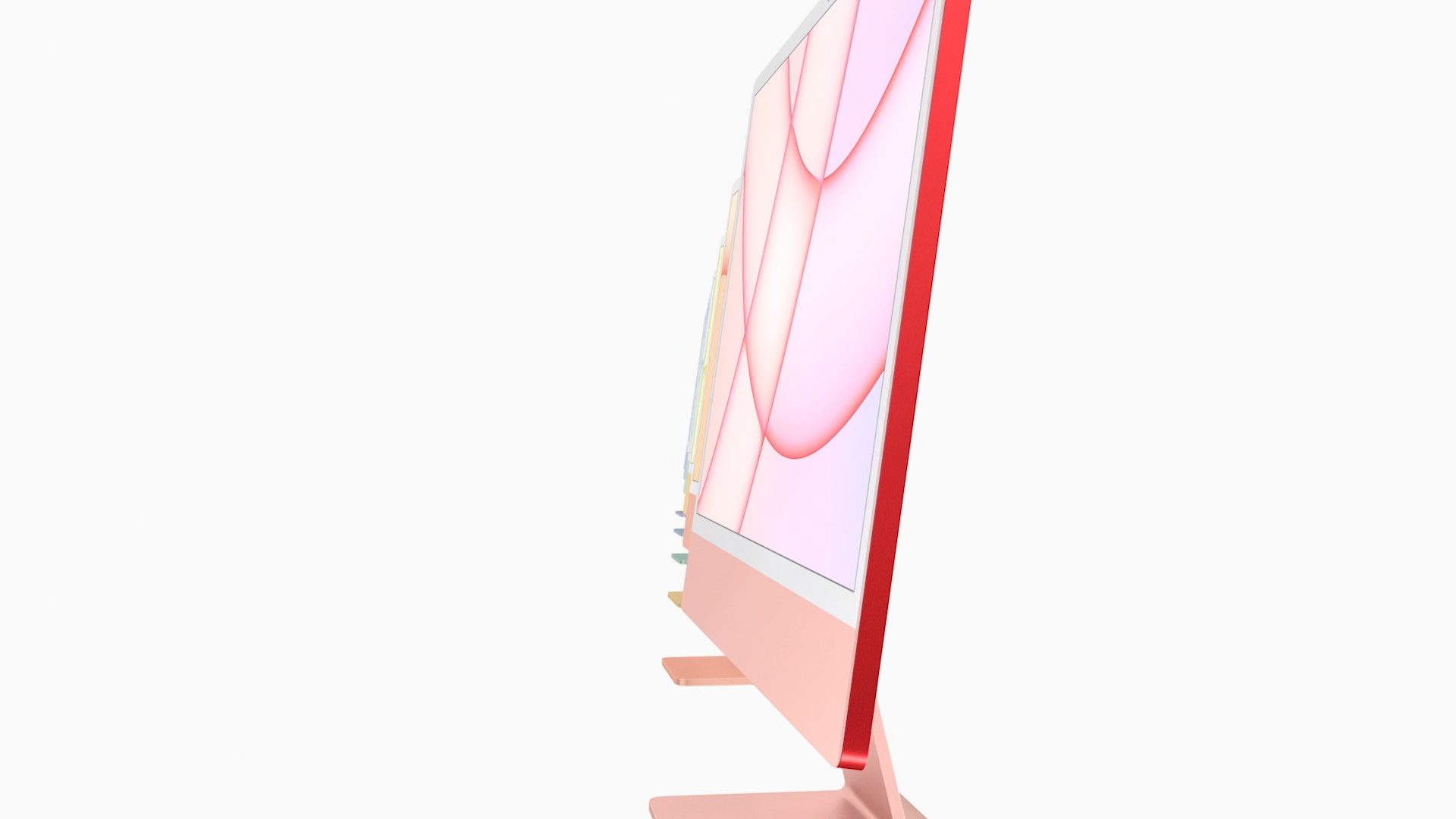



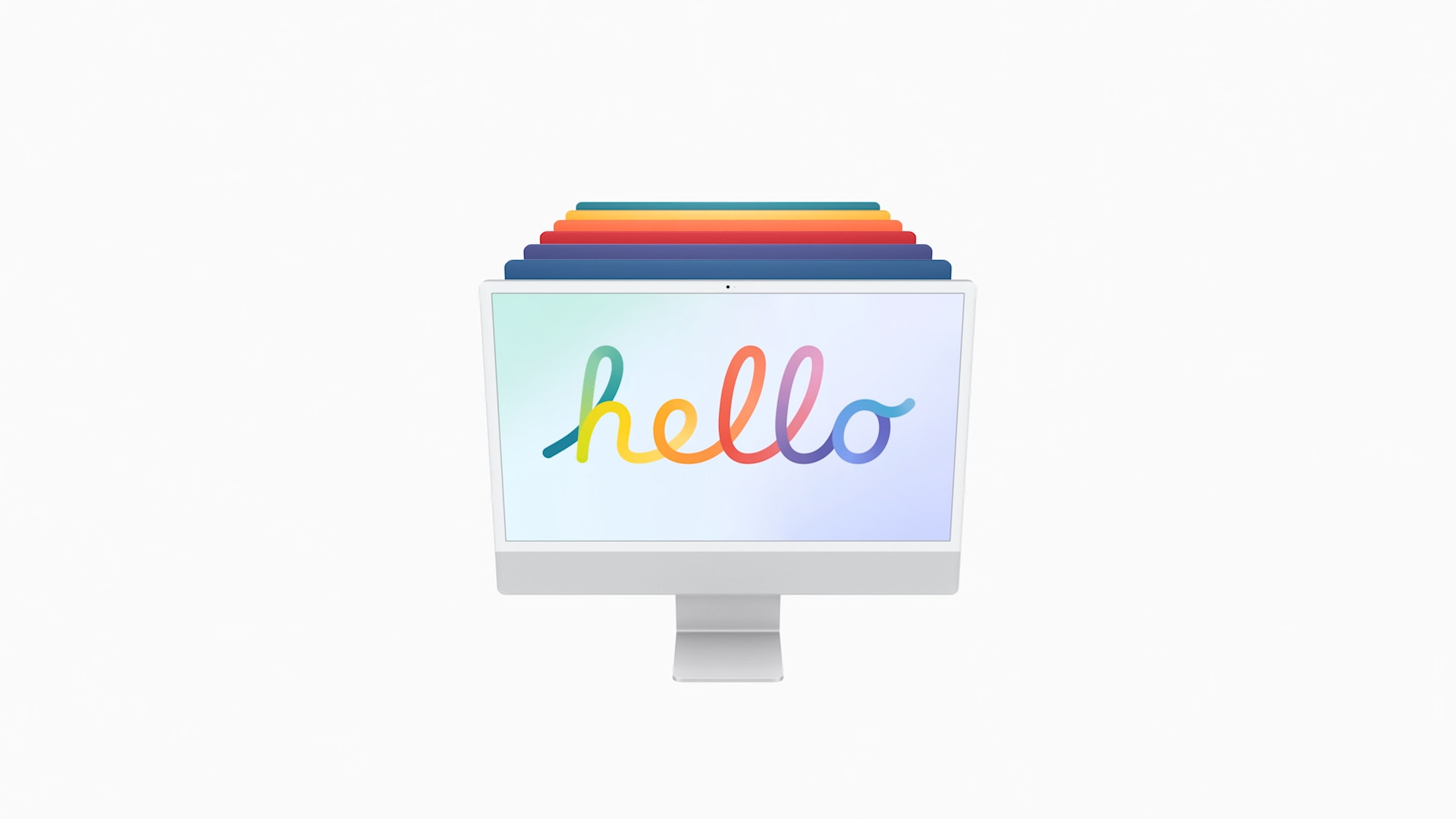
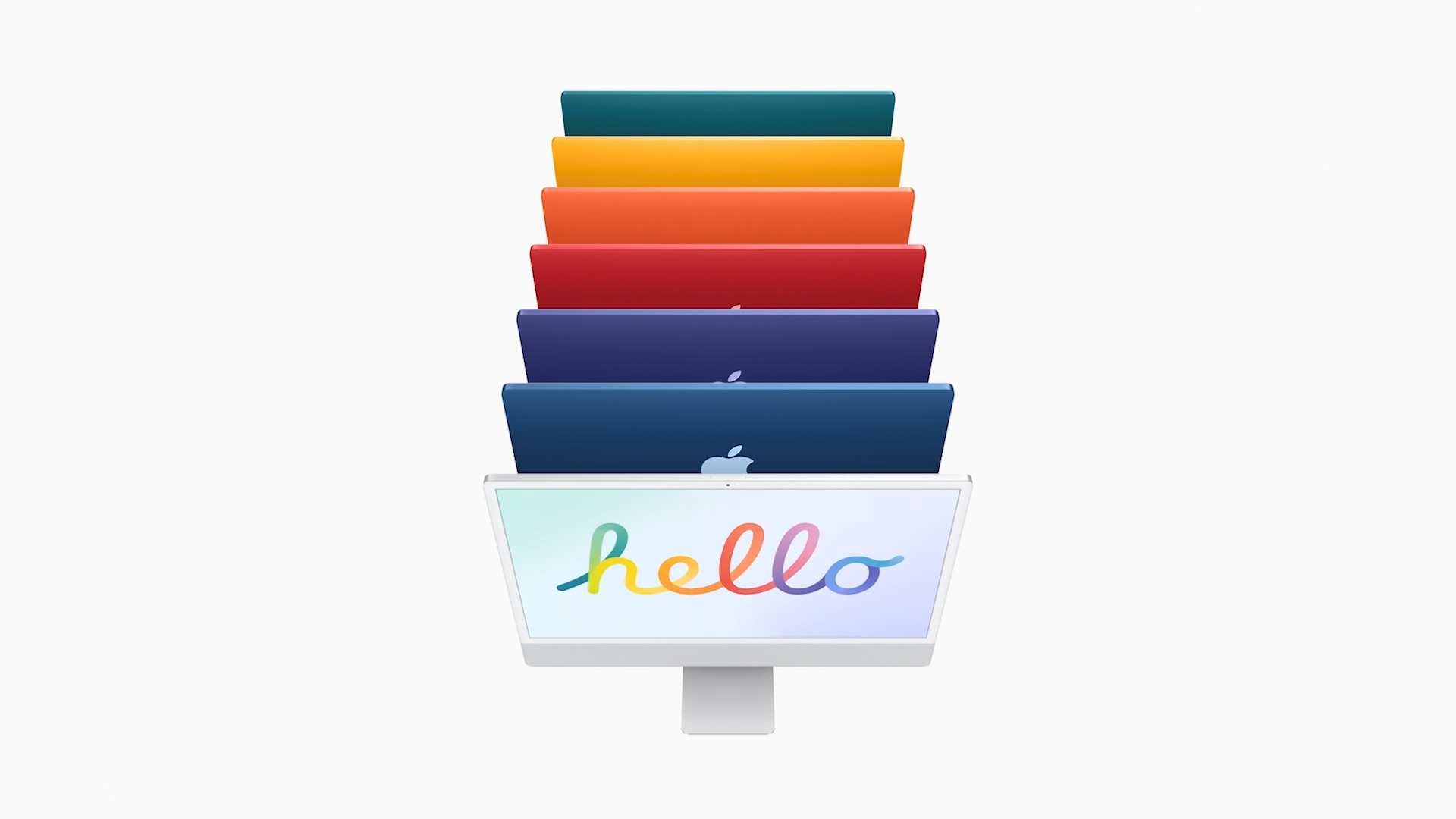
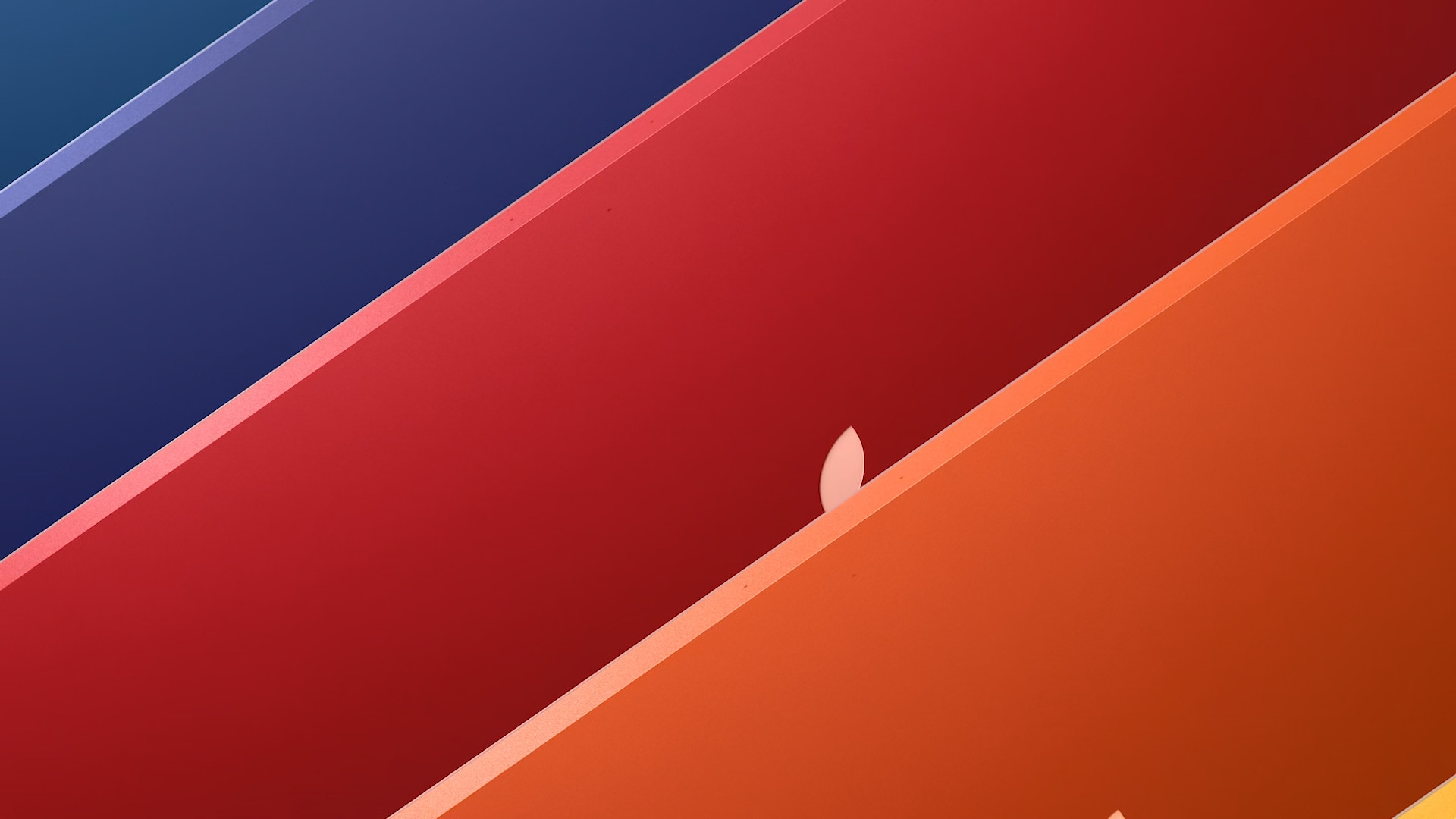
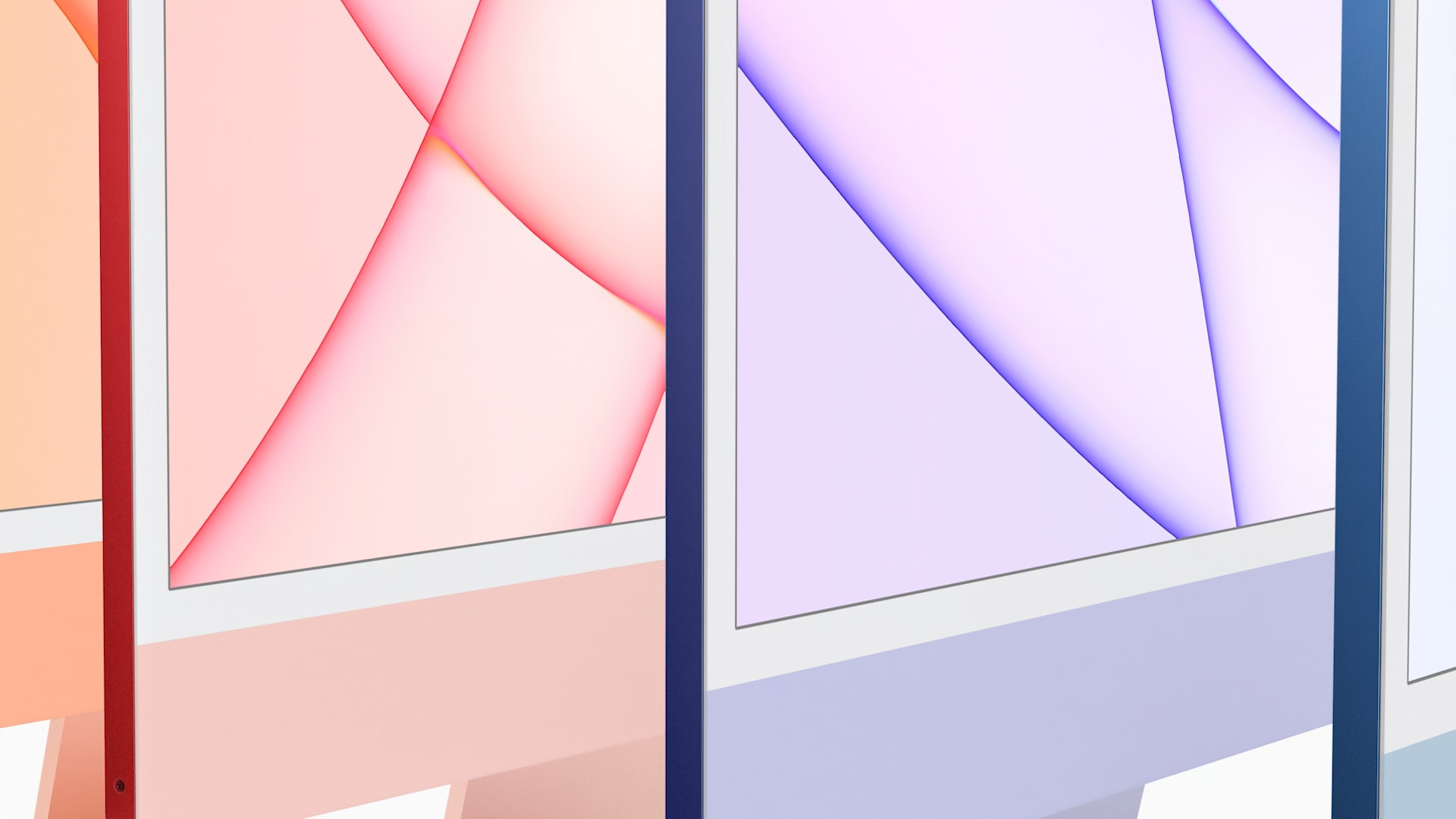

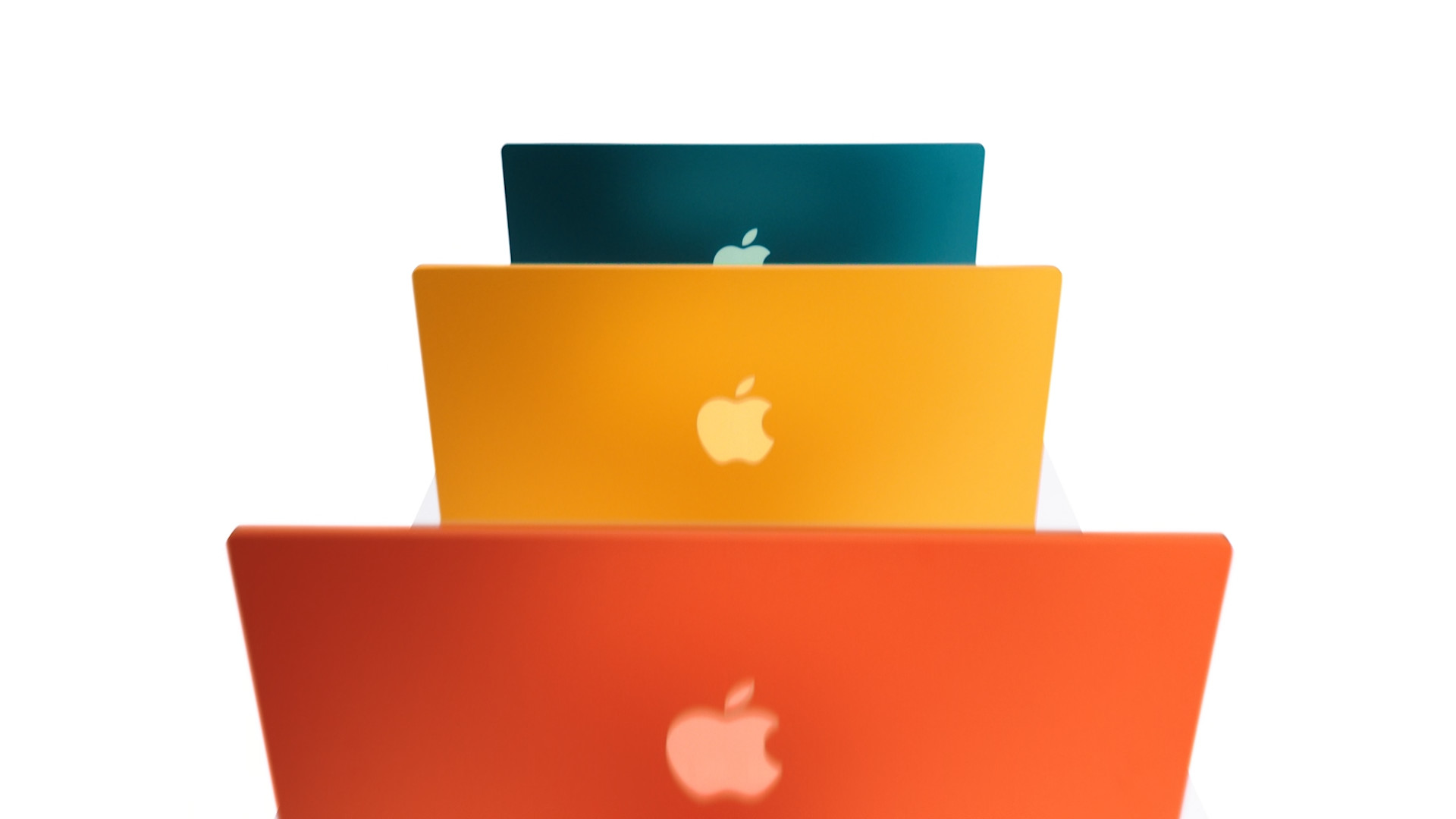
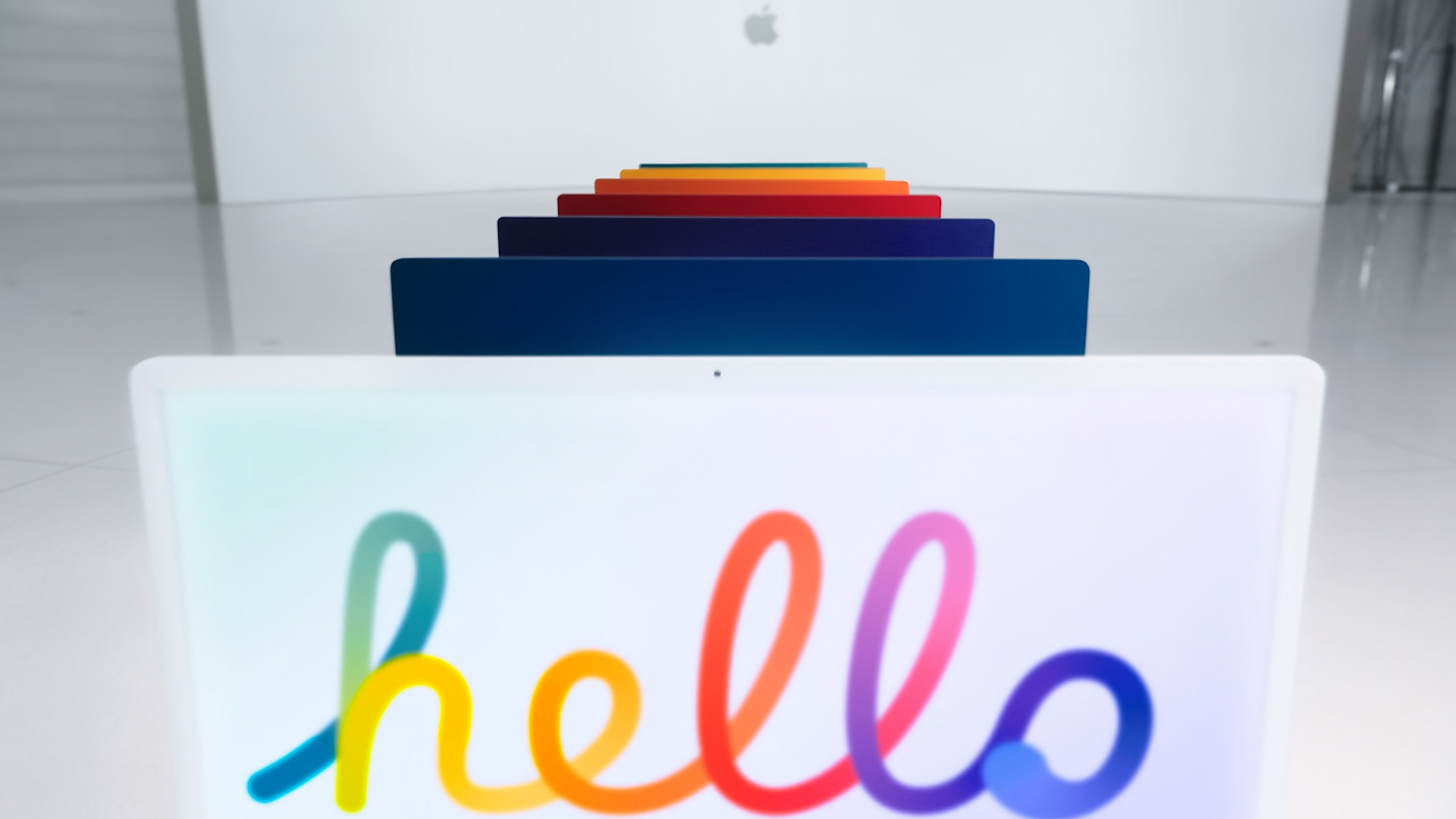
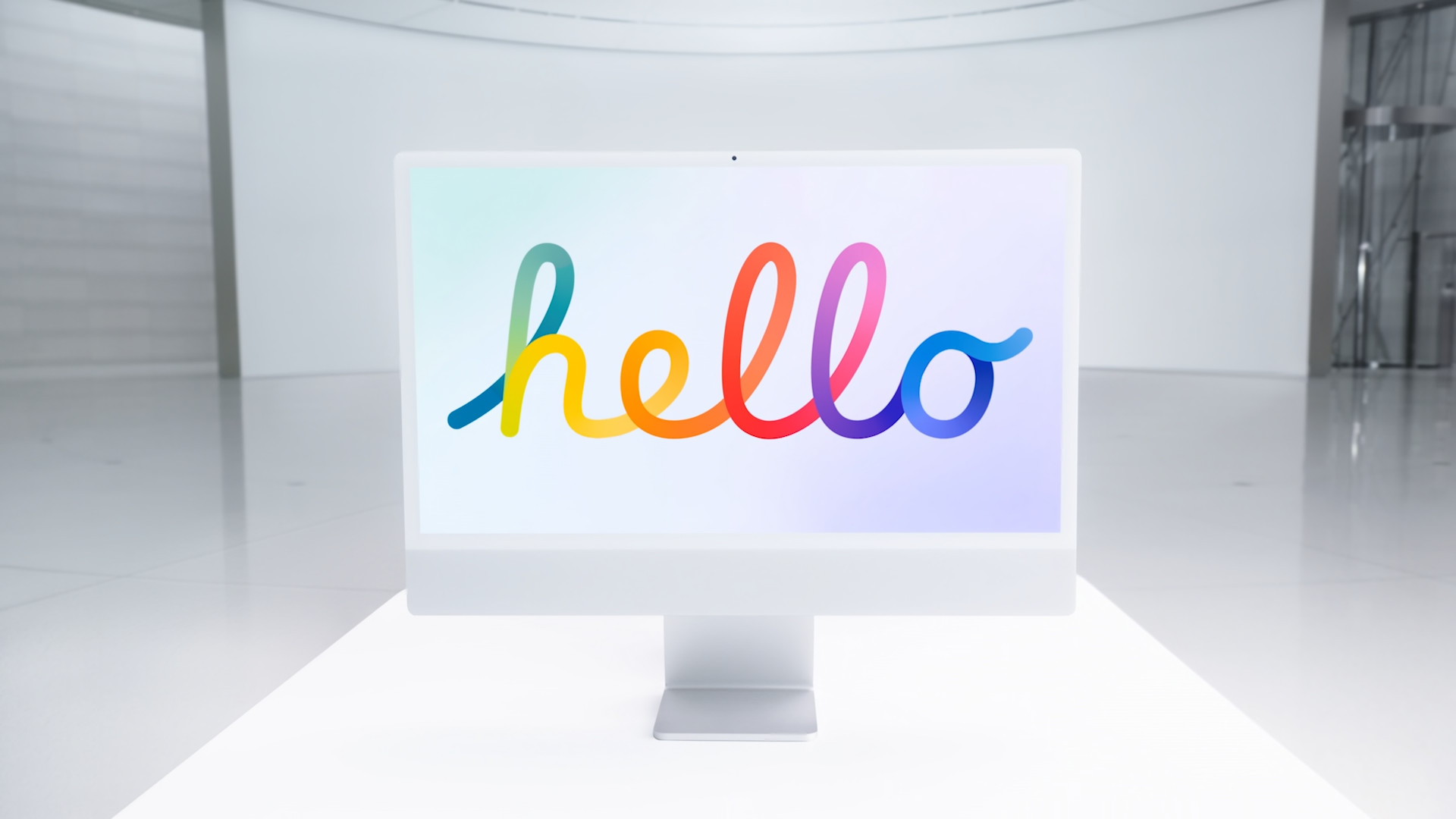
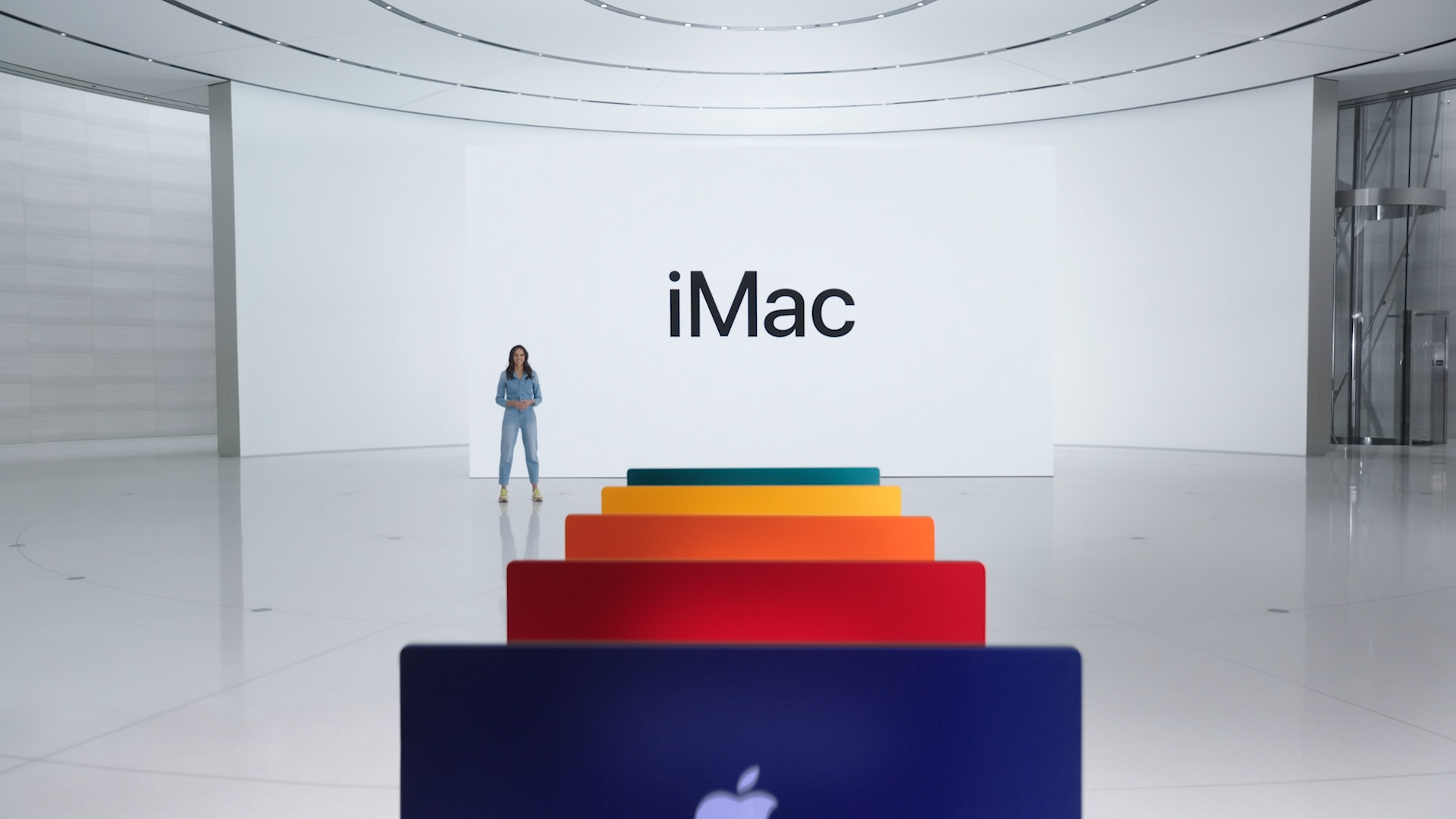
 Adam Kos
Adam Kos
A study that overturns decades of studies (plural) on circadian rhythms? Well, I'd be very careful about discarding past research so quickly.
So 129 respondents divided by three is not exactly a study, but rather an investigation 🙂 Anyway, a very interesting topic worthy of further elaboration 🙂